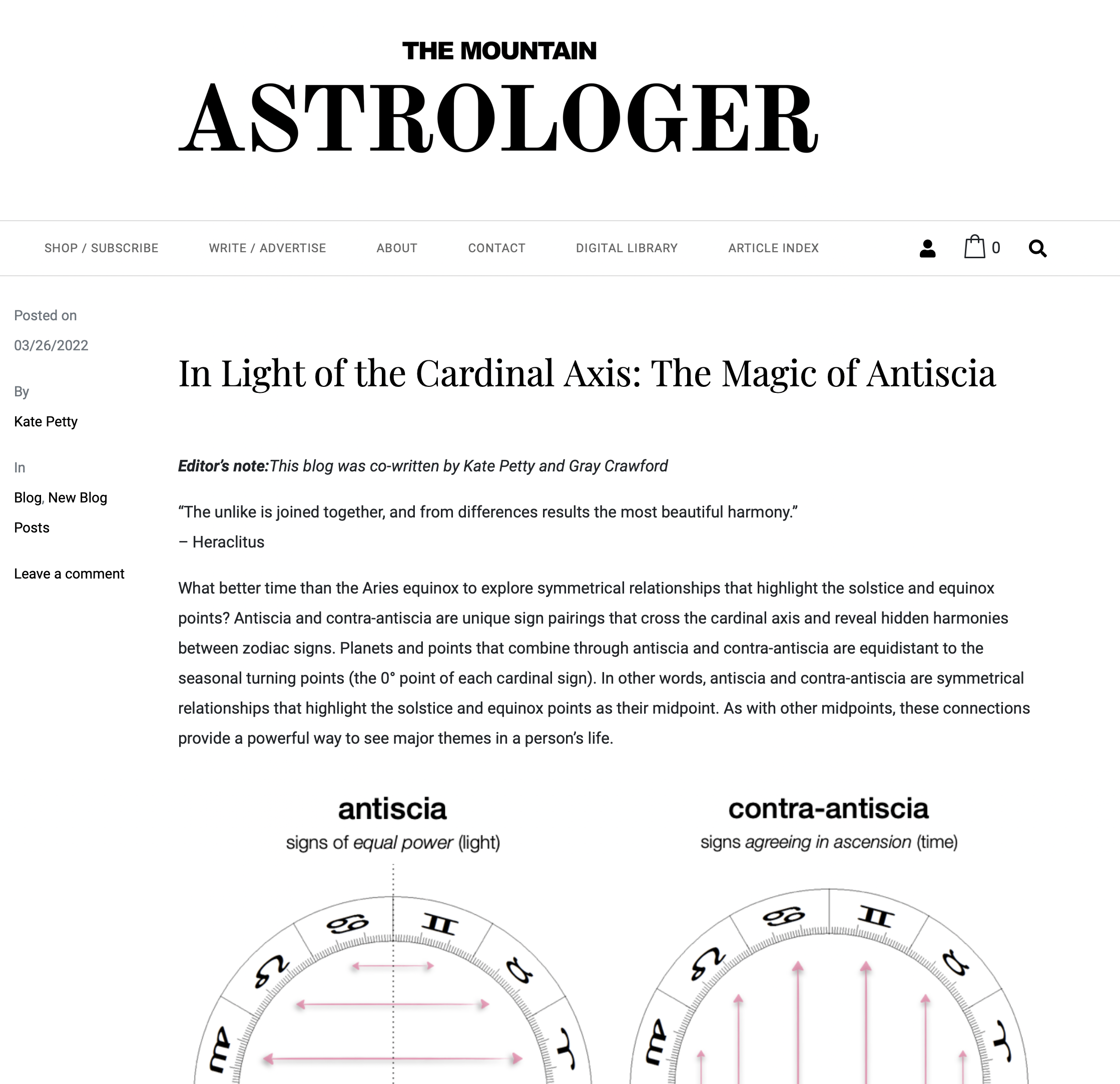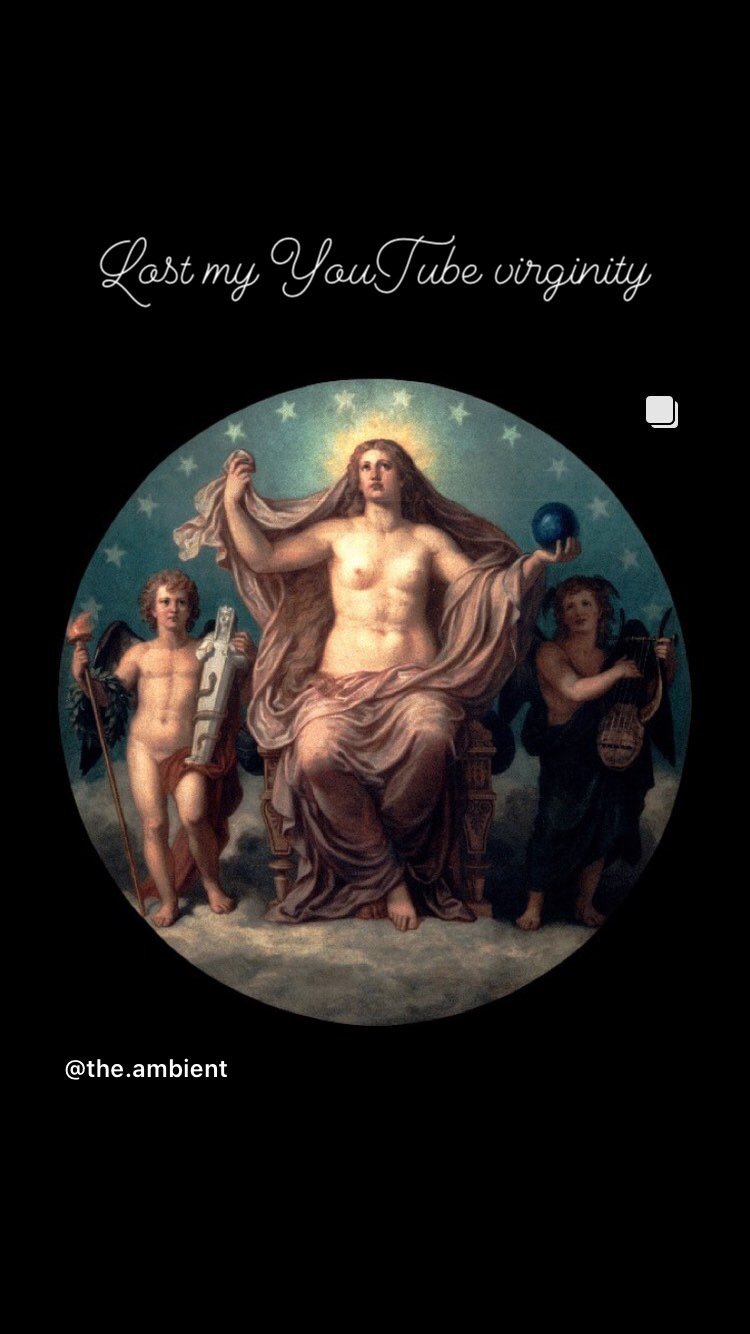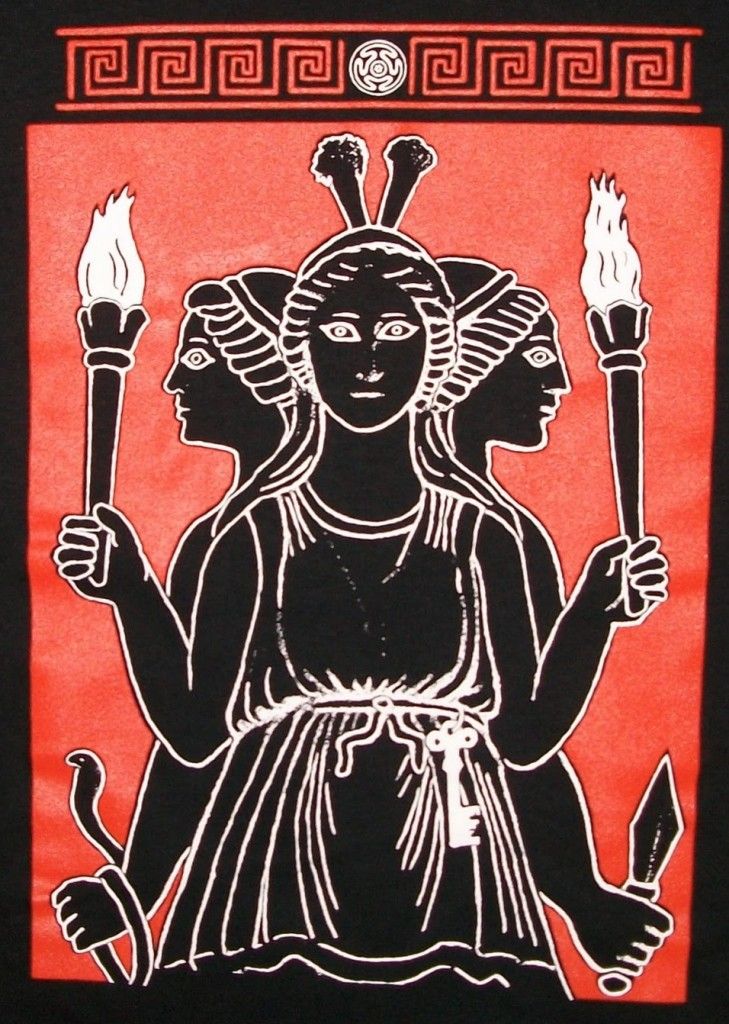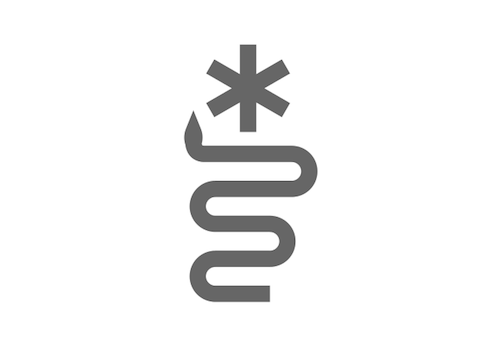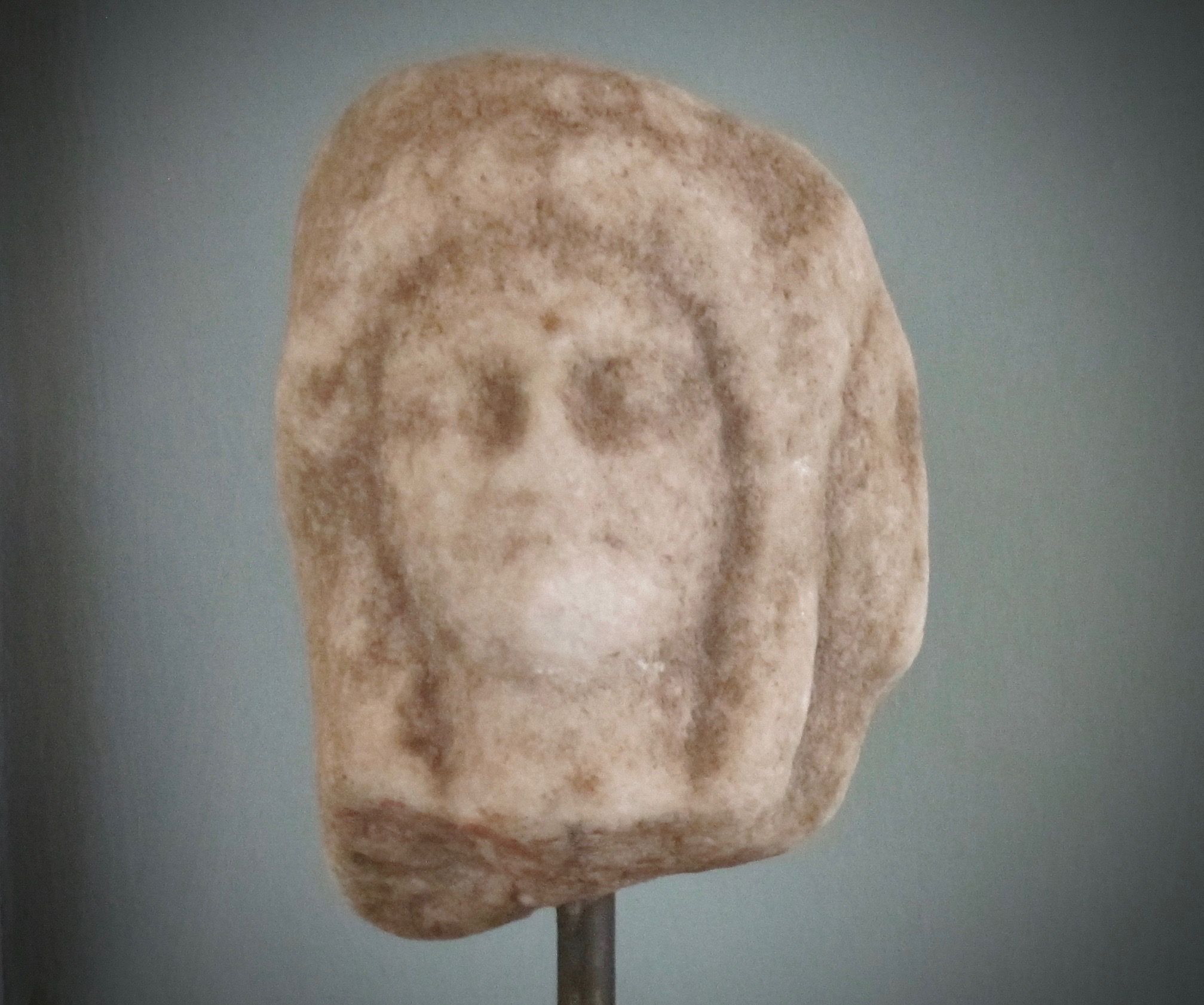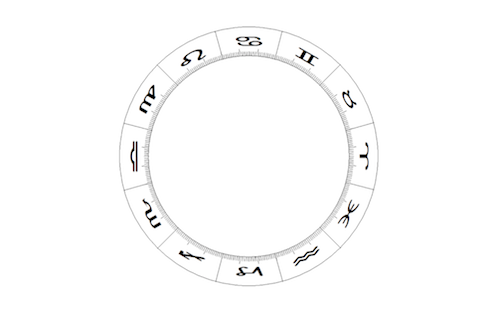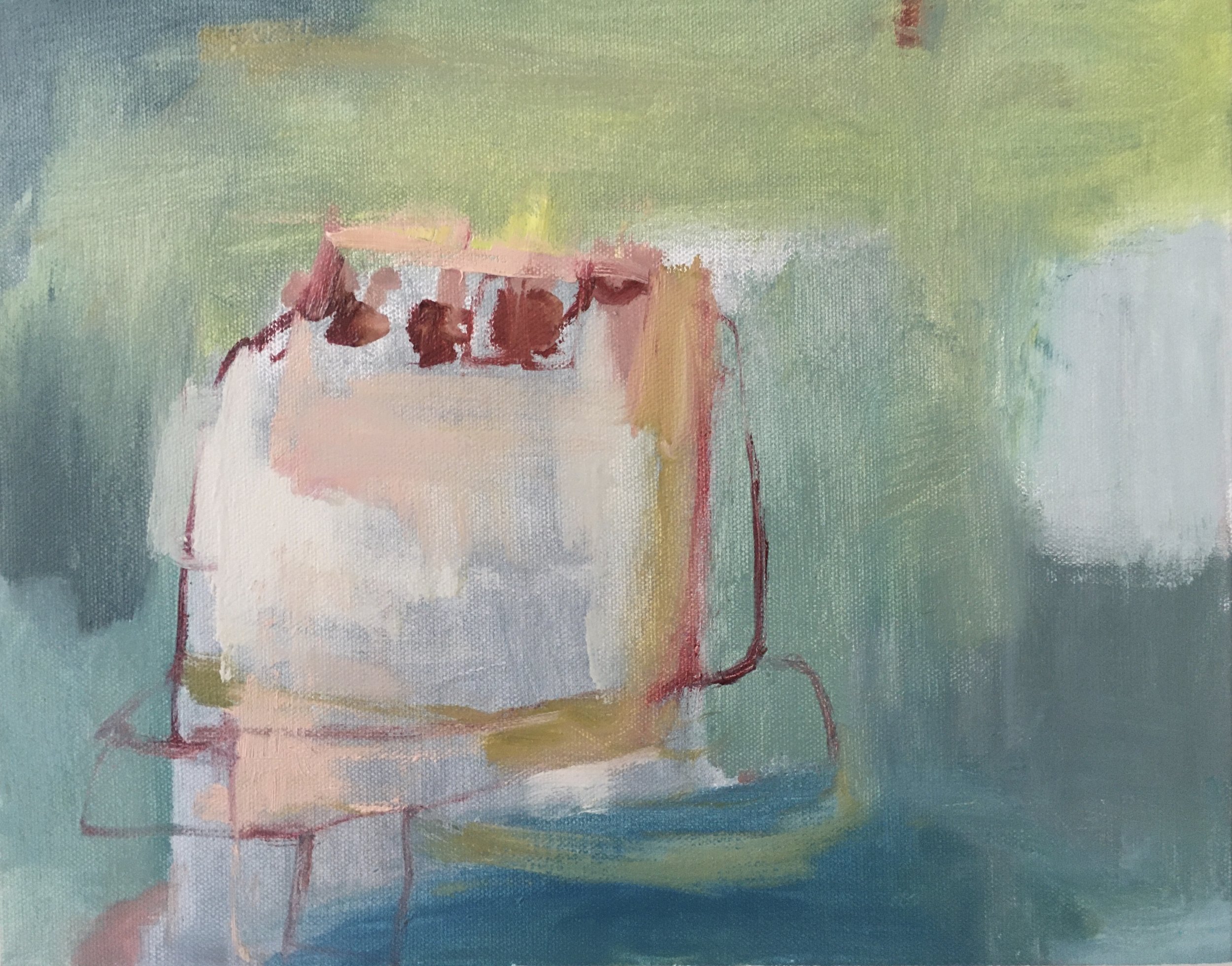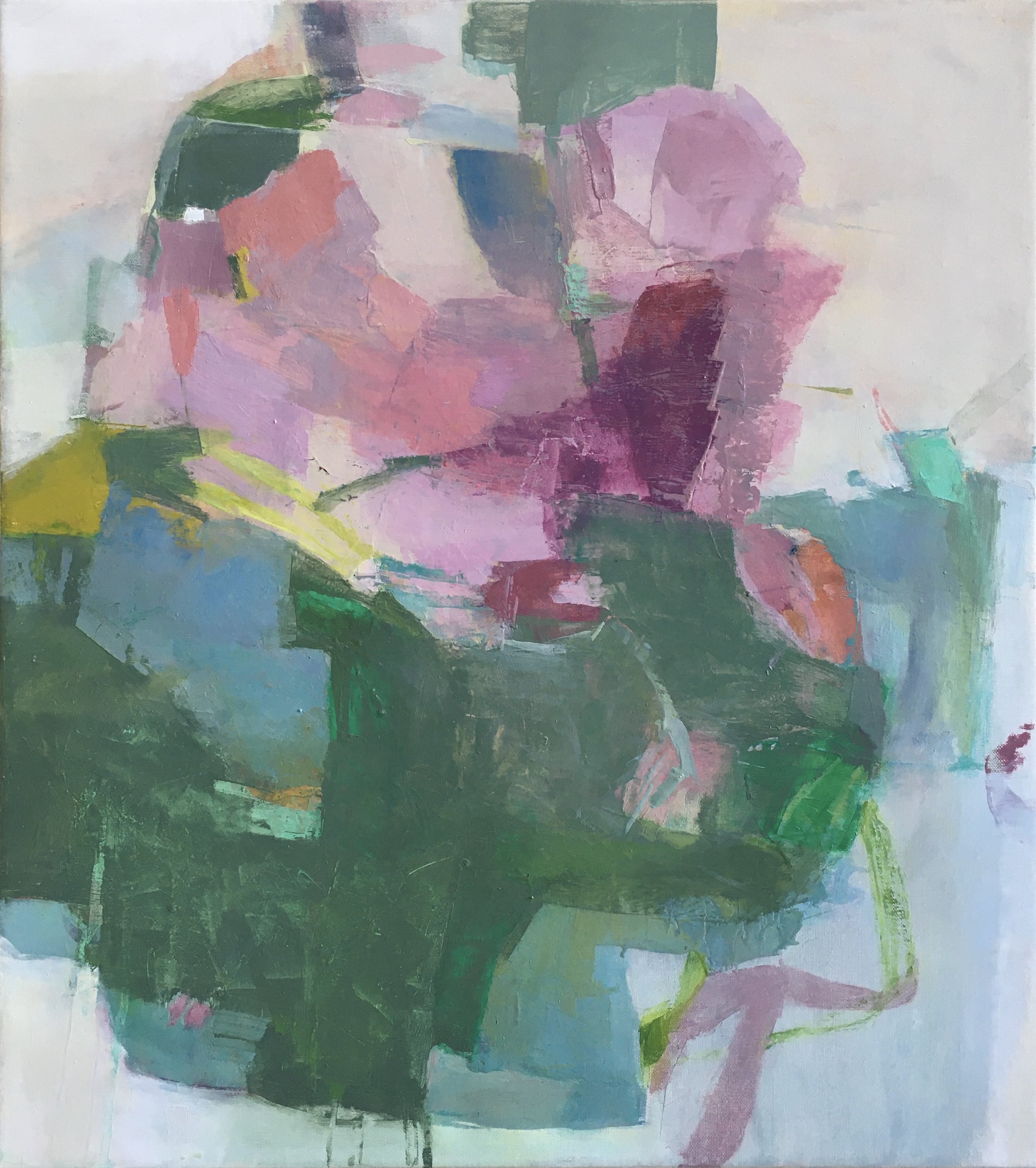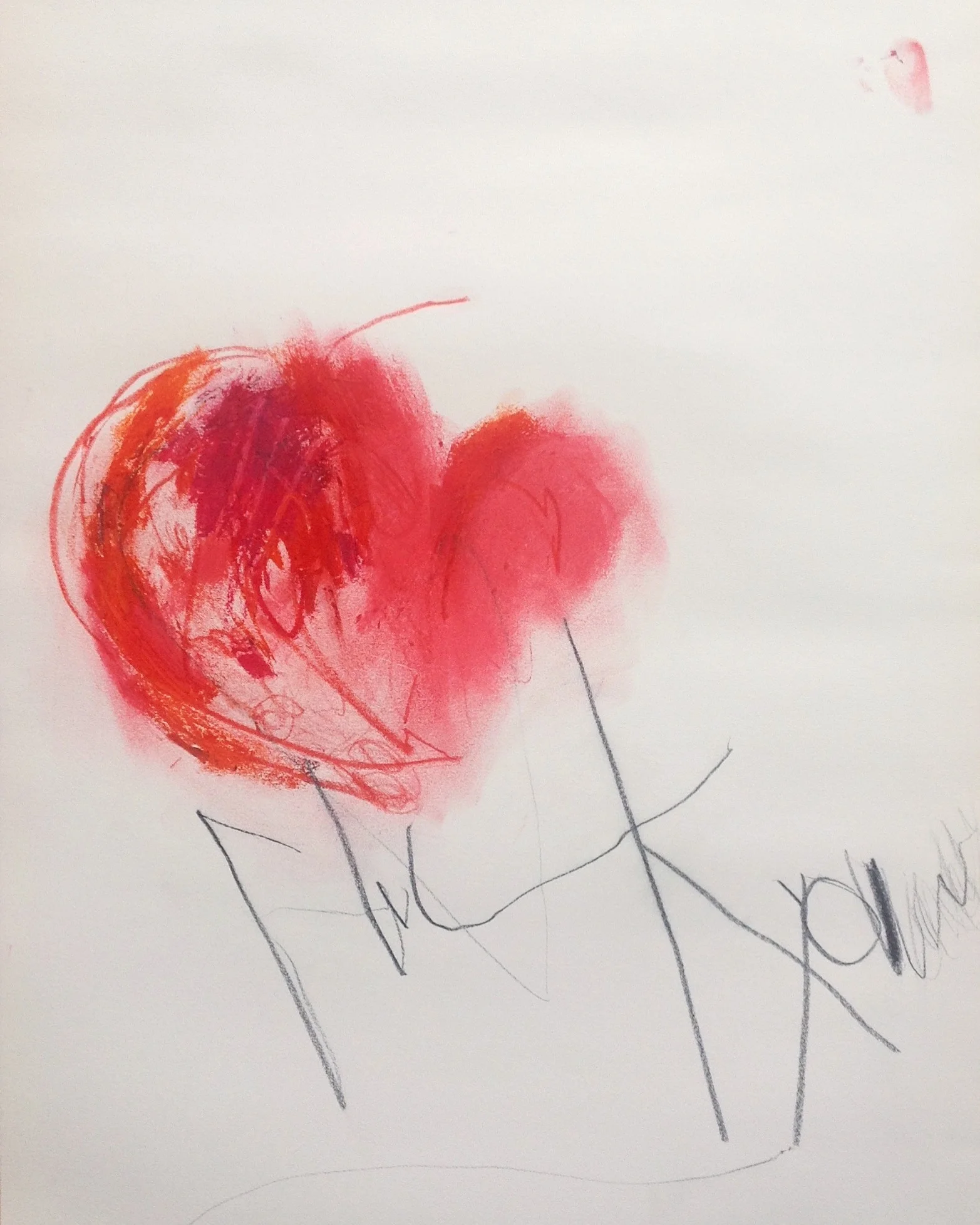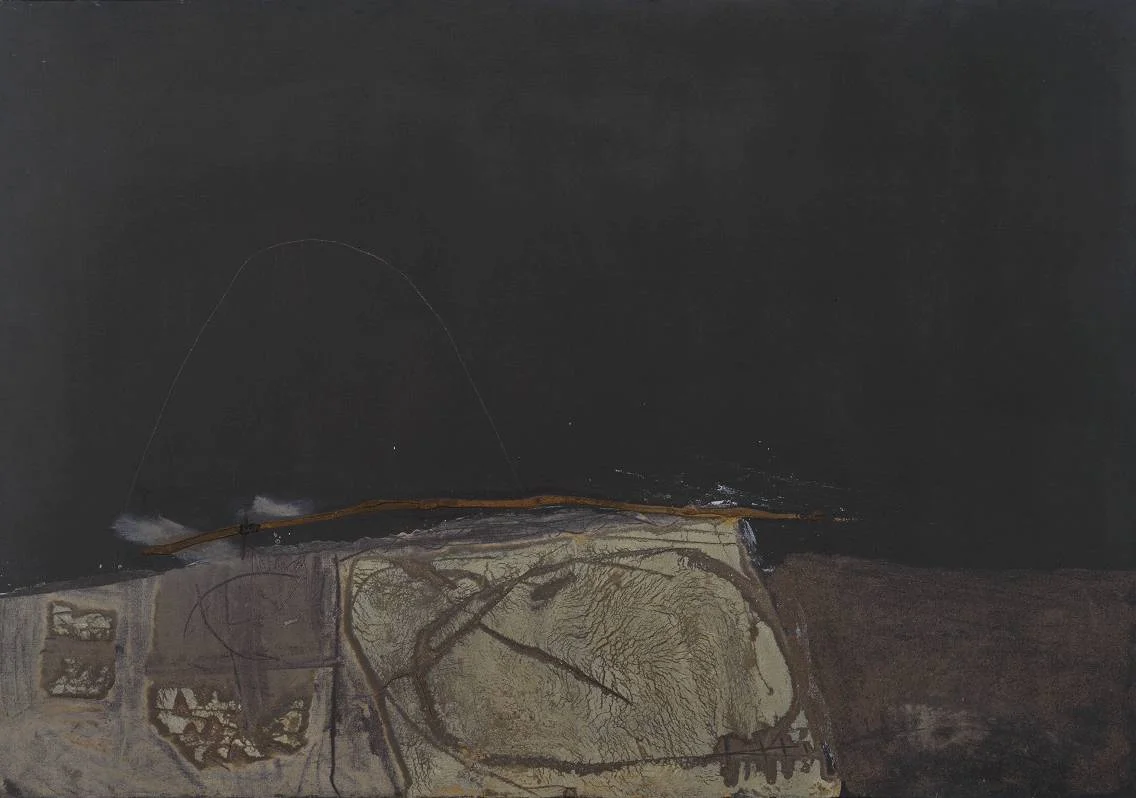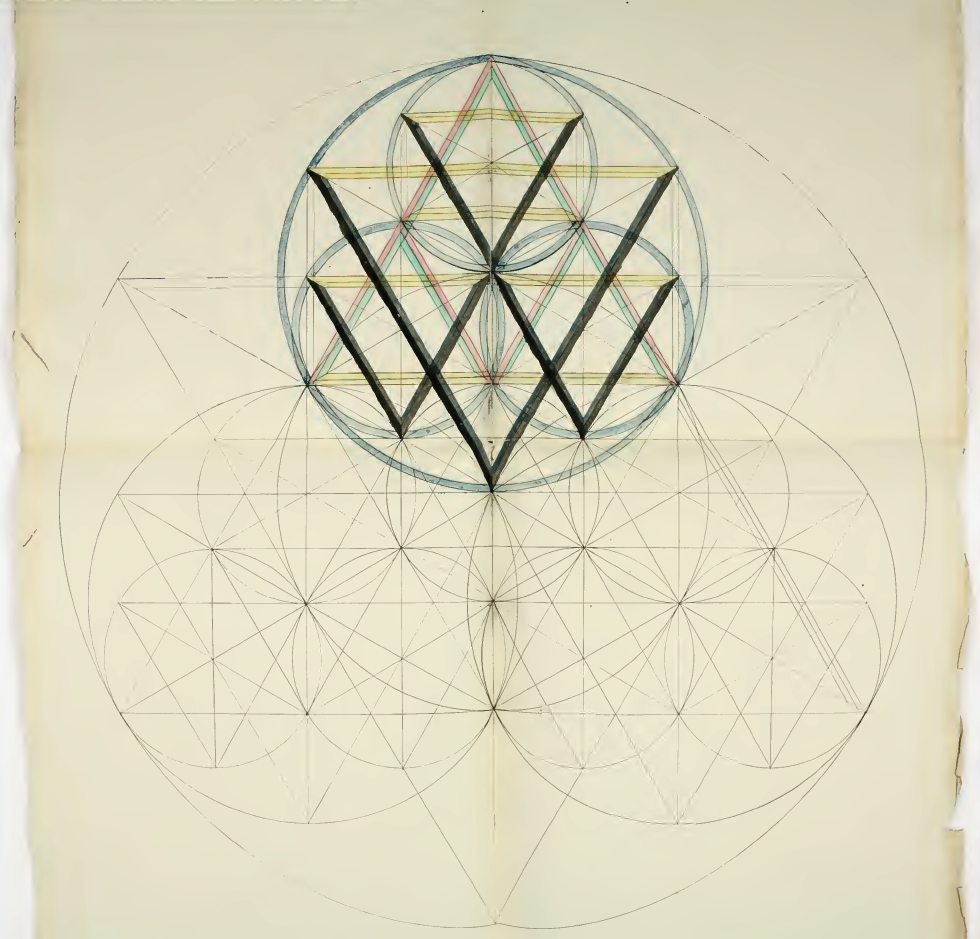do no harm
/Astrology must not be abusive. It’s time we nip this in the bud.
Astrologers should not use any aspect of astrology to harm.
It’s time to stop minimizing this phenomenon. Astrologers frequently make damning assessments by way of essential dignity, house placements, and/or geometric aspects. While astrology is by definition judgmental, practitioners need to be more mindful about making sweeping or harsh generalizations. Not only is there a residue of impact left on the people they communicate with and serve, I see a lingering stain of internalized shame over one’s own apparently ‘weak’ placements. What a waste of time.
When dignity is used to allocate “goodness,” I cringe.
This was referenced in the past, please see the chart of Jeffrey Dahmer for a refresher.
Facts to consider: there is another zodiac being used right now by millions of people. In that zodiac your ‘weak’ planet might become exalted. Do proponents or practitioners using the tropical zodiac really think they are right or superior? Goddess, hope not. You cannot discredit an entire functional system of astrology like Jyotish as inaccurate and consider oneself a critical or honest practitioner. If Jupiter is exalted in tropical Cancer, how can it be simultaneously in so-called detriment in Gemini in the sidereal zodiac? If this is possible, what does it mean? And why is this basically never discussed? (Seems like an exciting prospective discussion, no?—a conflict that stimulates deeper inquiry and promotes more honesty. We need to be talking about multiple zodiacs.)
I am concerned about practitioners abusing themselves with astrology.
Frankly I see an over-utilization and reliance on the use of judgmental terminology. Terms are used in hierarchical ways to allot value, power, and praise (exalt, dignified) and to degrade (fall, detriment, exile) and there is not sufficient pushback on their use —or even supposed authority. I think we need to be more conscientious about using these terms. Words and concepts can cause damage.
Why are astrologers or students of astrology playing this game with themselves and others? Why the inclination to measure and assess to determine superiority or inferiority? Where does it come from?These are important questions. Do we grapple with them enough? What is the real impact and cost of such assessments of self and other?
I think students of astrology must wrestle more with their potential to do harm.
Can astrology be used to determine better or worse luck? If so, is there something good that can come from that? Quite possibly. I hope so. Some people certainly are born with more luck. I am definitely not saying this is correlated with the chart, but some humans are born to families where they are very much wanted and appreciated, which in turn affects every aspect of their being and brain function. Frequently these people do well in the world, these lucky securely attached humans, and sometimes they take a lot of credit for their achievements. I do think people ought to spend more time considering luck, fate, and harm, and also approach the problem of what it means to lack humility as a culture (see Robert Sapolsky).
And what about context? Reality, history, systemic oppression. Where does astrology come in here? What does an unreliable system of dignity have to do with that?
Astrology can be another tool to oppress or applaud an already impacted person.
If a person’s internal system is oriented one way or another you will likely reinforce whatever is there for good or ill. You must consider the person you are sitting with or your audience. Too often I’ve learned of practitioners who are incredibly insensitive, what they say lingers. If you do not genuinely care about helping and serving people, and being an uplifting presence, and if you are not trauma-informed, you really have no business doing the work of consulting with human beings.
I think there should be an almost paralyzing sensitivity to do no harm.
In the near future I hope we see a trend of more thoughtful conversations around the very real issue of using astrology to inadvertently or intentionally cause harm. There is no need to stop our practice and study, but it is time to raise the bar on what kind of freakishly simplified judgements we make and partake in. Let’s be more intentional with how we choose to contribute.
thanks for reading
Fergola, Salvatore, 1796-1874, lithographer, Public domain


